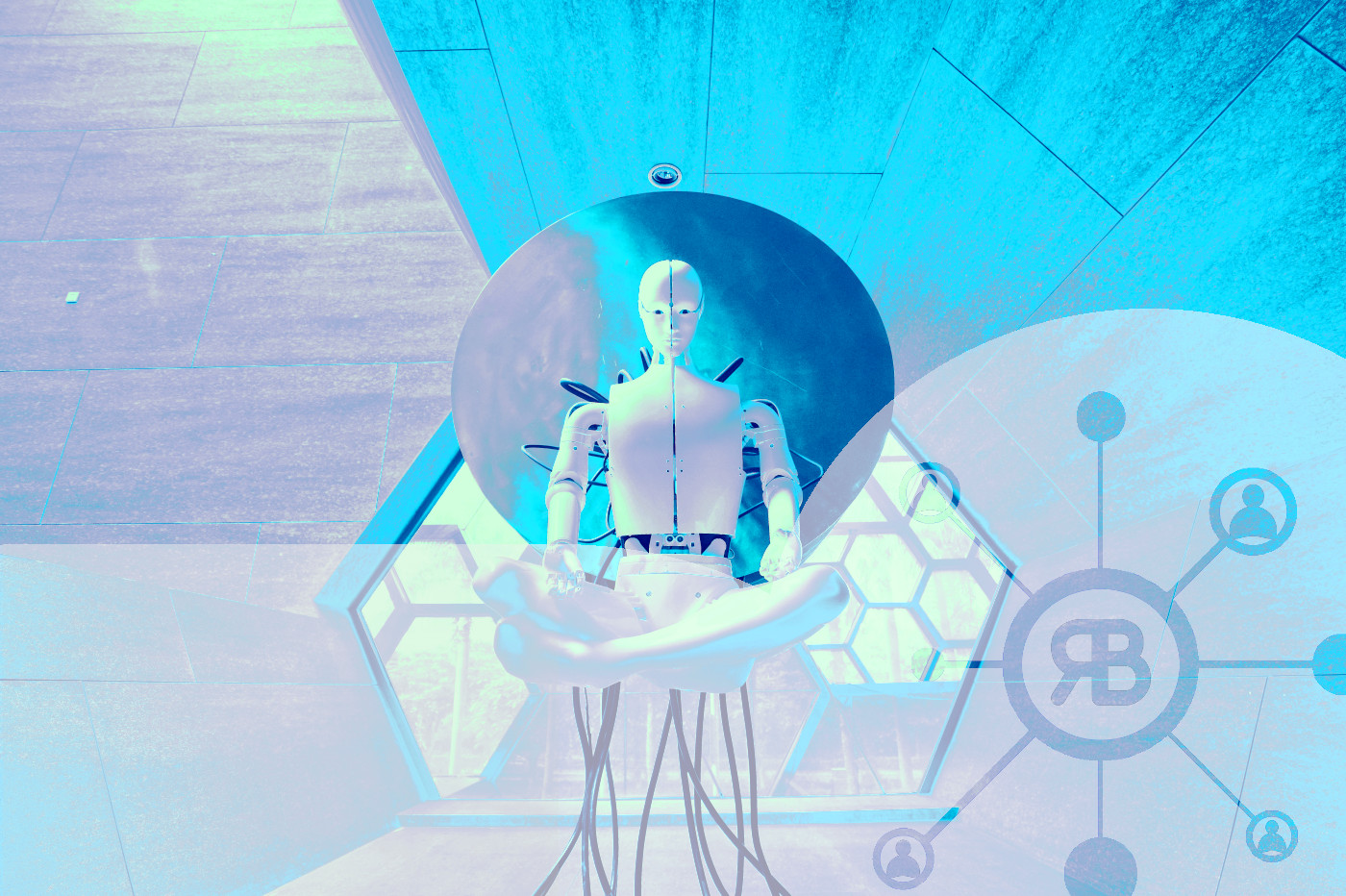Chatbots are here to stay and will become increasingly popular in the near future. This is a huge growth opportunity for brands looking to reach potential customers through chat. By engaging with customers through chat instead of email, users are more likely to take action and become loyal customers.
Chatbots are personal, helpful, and a great way to interact with users. They can be used to answer questions posed by users, to solve problems, or as a salesperson who can interact with users on their own terms. Think of a chatbot as a virtual assistant that users can talk to.
The chatbot has a set of predefined responses, or features, to answer common questions or solve simple tasks.
What is a chatbot?
A chatbot is an automated system that interacts with users through chat. It is a robot that responds to user-initiated messages in a conversational format. Chatbots are often based on artificial intelligence. The key to a successful chatbot is to understand your users, their needs, and how you can help them solve their problems and achieve their goals.
The main goal of a chatbot is to provide an experience as close to human interaction as possible. Users will feel more comfortable talking to a bot if it looks like a real person.
Why use chatbots?
Chatbots allow businesses to grow their customer base exponentially by offering customers an accessible way to interact with your brand. By offering a service or product, businesses can build a meaningful relationship with their customers. More and more people are using chatbots to solve their problems.
With the rise of AI, companies are building bots that can provide a wide range of services, such as requesting a ride, making appointments, ordering food, or shopping. In addition, consumers are using chatbots to find answers to their everyday needs.
Key features of your chatbot
The key to a successful chatbot is understanding your users and their needs. If you want to create an effective chatbot, you will need to explore their problems and help them solve them with your bot. Things to keep in mind when creating your bot are the types of users you want to attract, the features you want to offer, and the language you want to use. You also need to make sure that your bot is easy to use and offers a good user experience.
As such, chatbots have become an indispensable part of any company’s digital presence. Whether it’s customer service, sales, or any other aspect of your business, chatbots are making it easier than ever to communicate with customers and vendors (and even each other). However, as with many new digital technologies, the benefits aren’t always as obvious as they seem.
While chatbots can be an effective way for businesses to communicate with their customers, they can also create several hidden problems that an end user might encounter when interacting with your chatbot. They can be difficult to use because they often take unexpected turns or behave in ways that are out of character. This leads users to question whether the bot is real or not and whether it is working within its parameters.
Improve the user journey
Another way to improve the user experience of your bot is to improve the user journey. This is the process by which your customers interact with your bot and the steps your bot takes to meet their needs. For example, if a customer is looking to book a hotel stay, but doesn’t know where to start, you can provide them with an FAQ or a Google map that they can use to search for nearby hotels in their location. However, if your bot only provides a list of hotels, the customer experience may not be optimal.
By creating a user journey, you can take your bot from being a static, list-like object to a dynamic, living, breathing being.
Use natural language processing (NLP) to help your chatbot understand its user.
Natural language processing (NLP) provides a layer of artificial intelligence between your chatbot and its users. Using machine learning algorithms, NLP can identify common user issues and behaviors. Indeed, NLP can provide helpful suggestions, or “terminological understanding,” and appropriate terminology. For example, when a user asks a question, the NLP can try to understand what the question means.
If the question is ambiguous or doesn’t make sense, the NLP can suggest an answer based on the context of the conversation. This is a great way to avoid accidentally sending a customer to your bot’s home page or generating spammy answers to common questions. By extending its functionality, NLP can also help your bot understand its environment and answer common user questions in a contextual way.
Make sure your chatbot is designed for optimal performance.
Like most software, chatbots have limitations. These limitations can result from the way the developer built the bot. For example, if a developer built a bot without considering the potential performance issues that could arise due to a lack of resources, the bot may be unable to handle large volumes of user traffic. Make sure your bot follows these recommendations when building a high-performance bot:
- Allow your bot to scale using multiple servers.
- Deploy your bot in countries with good Internet connections.
Don’t be afraid to go off script.
While most chatbots follow a set script, sometimes you want to think outside the box. This can be useful when dealing with culturally specific issues, such as fraternization bans in certain countries.
By using a robot that deviates from the norm, you can offer a more personalized response to your customers. For example, if a customer asks you whether or not it’s normal to send a friendly reminder after a certain amount of time, you can answer, “It’s normal to send a reminder, but only if you’re sure you need it.” By taking a different route, you allow your bot to be more human and reflect his personality.
Conclusion
While chatbots can be an effective way for businesses to communicate with their customers. Furthermore, they can create several hidden problems that an end user might encounter when interacting with your bot. Chatbots can be difficult to use. Indeed, they often take unexpected turns or behave in ways that are out of character. This leads users to wonder whether the bot is real or not and whether it is working within its parameters. However, they can provide you with a very significant improvement in your users’ experience!
*****
If you want to create a chatbot to provide better support for your visitors, our marketing agency can help you.
Suivez-nous sur nos réseaux sociaux:



